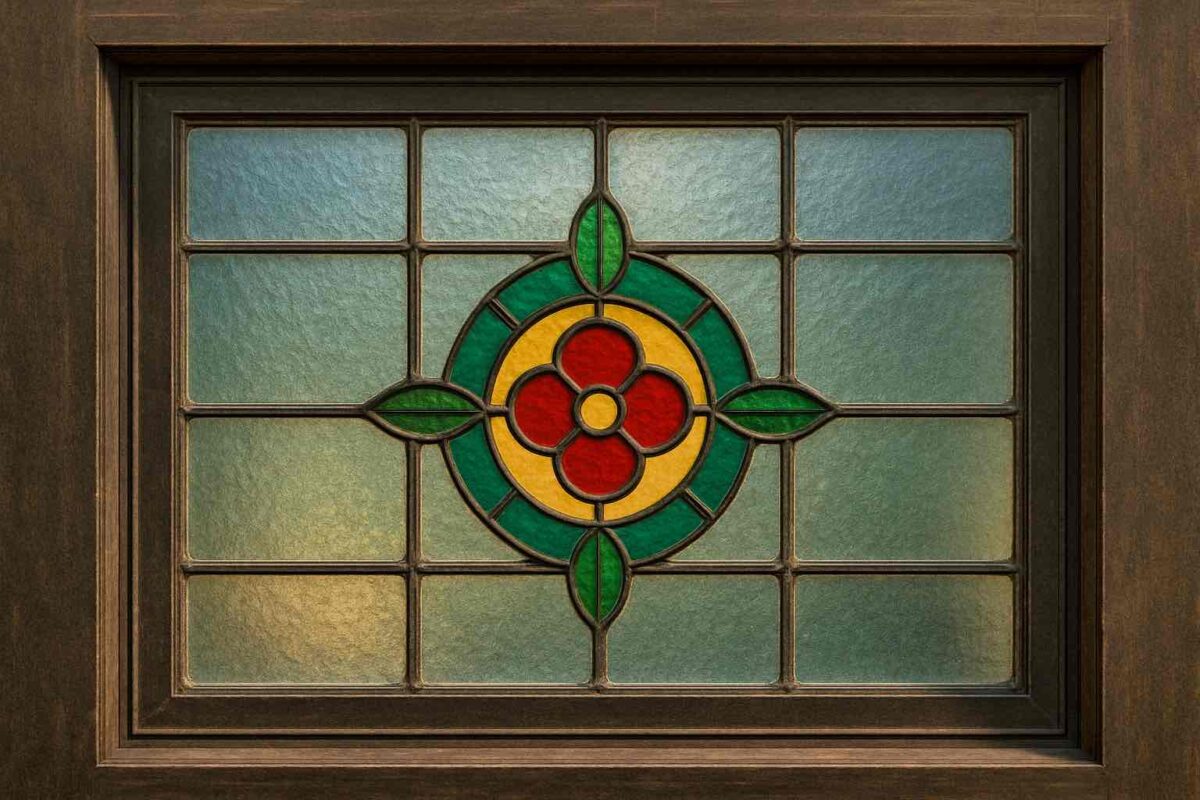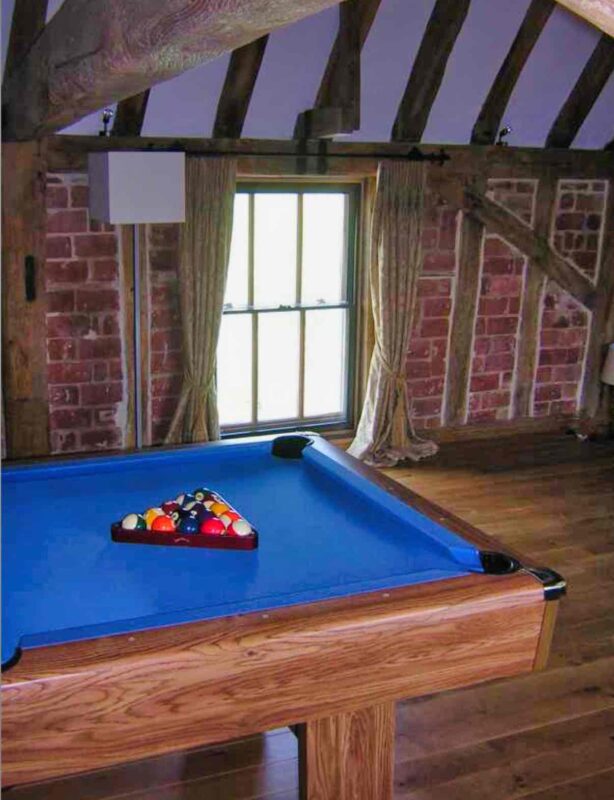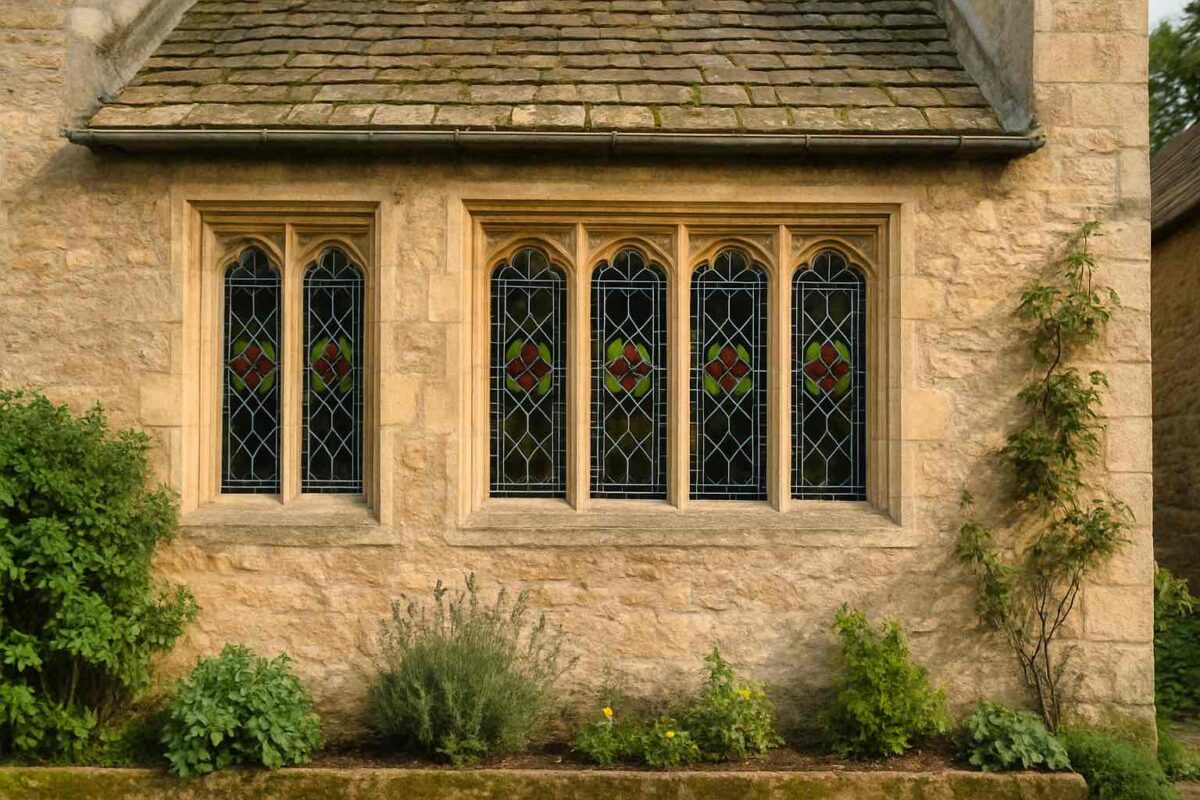Would you like to keep the charm of your classic windows while enjoying the comforts of modern insulation and soundproofing?
Secondary glazing is a smart, unobtrusive upgrade that enhances energy efficiency and sound insulation while preserving your home’s character and charm. It helps reduce energy bills, reduces outside noise, and makes your home more comfortable, without replacing your existing windows.
Does this sound too good to be true? Our guide will explain all.
Talking Points
- Secondary glazing adds an extra pane to existing windows, improving insulation and soundproofing.
- It’s a cost-effective alternative to complete window replacement, retaining your home’s original charm.
- Homeowners notice a reduction in energy bills and a quieter home environment.
- Different types of secondary glazing are available to suit various needs and window styles.
- The correct installation method and glass thickness choice are crucial for maximising benefits.
The Benefits of Secondary Glazing
Secondary glazing is a savvy solution for those who wish to keep their original windows while enjoying the benefits of modern materials. Adding an extra glass pane to your draughty windows creates a double-glazing effect that significantly improves thermal performance. This means less heat loss during chilly winters and a cooler interior during the summer months. It’s a practical choice for UK homeowners, especially those with older properties that may lack adequate insulation.
In urban areas, where noise pollution can be a significant issue, secondary glazing provides a quieter living environment. The added layer of glass acts as a buffer, significantly reducing the sound of traffic, construction, and other urban noises. This can create a serene and peaceful home for city dwellers, making secondary glazing an excellent investment for improving sound insulation.
Another benefit is preserving the original aesthetics of your window frame. Secondary glazing allows you to maintain the charm and character of your home while enjoying modern benefits. Unlike full window replacements, secondary glazing doesn’t alter the appearance of your windows from the outside, so your home retains its original look.
The installation process for secondary glazing is relatively straightforward. This simplicity makes it an attractive option for those wishing to enhance their home’s efficiency without the hassle of major renovations. Furthermore, secondary glazing systems are available in various styles, allowing you to choose the one that best suits your needs and window type.
Secondary Glazing for Listed Buildings
If you live in a listed building, particularly in historic cities like Bath, secondary glazing perfectly balances modern performance and minimal impact on heritage features.
Why Secondary Glazing is Ideal for Listed Properties
Listed buildings are protected by law, meaning any changes that affect their character require listed building consent. Traditional double glazing often isn’t an option, as it involves replacing or altering original windows. Secondary glazing, however, is installed discreetly on the inside of the existing frame, preserving the original windows while dramatically improving comfort and efficiency.
The Benefits of Secondary Glazing for Listed Buildings
- Secondary glazing is considered a “reversible alteration”, meaning it’s generally more acceptable to planning authorities and conservation officers.
- In many cases, full listed building consent is not required, but always check with your local authority.
- Listed buildings are often cold and draughty, but secondary glazing creates an insulating air gap that significantly reduces heat loss.
- It can help you maintain the look of your period windows while improving your home’s energy efficiency and sustainability.

Types of Secondary Glazing Products
There are various secondary glazing options, with each product range offering unique benefits tailored to specific needs.
Sliding panels
Do you have sash windows? Sliding panels are easy to open and close, maintain ventilation, and offer the insulation benefits of secondary glazing.
Hinged systems
This system allows you to open the secondary glazing like a door, making cleaning the original window and the additional pane easy. For rooms where ventilation is essential, hinged systems offer a practical solution without sacrificing insulation performance.
Fixed panels
These are perfect for areas of your home where window opening isn’t necessary. These panels deliver maximum insulation benefits, making them ideal for spaces like basements or attics, where maintaining a stable temperature is crucial. While you sacrifice the ability to open the window, the trade-off is superior thermal insulation and soundproofing.
Custom secondary glazing
Custom options are available for those with unique window shapes or sizes. These bespoke solutions ensure a perfect fit, regardless of your window’s dimensions or design. Whether you have arched windows, bay windows, or other non-standard shapes, custom secondary glazing can be tailored to meet your specific requirements, ensuring optimal performance and aesthetics.

Acoustic Glass and Secondary Glazing
Specialist acoustic glass is designed to reduce noise transmission, making it perfect for people living near busy roads, train lines, or noisy environments.
What Is Acoustic Glass?
It is a laminated glass with a special acoustic interlayer between the two panes. This interlayer absorbs sound energy and reduces vibrations that pass through the glass.
How Acoustic Glass Works with Secondary Glazing
Secondary glazing adds a second pane of glass inside the existing window, leaving an air gap between the two panes. When acoustic glass is used as the inner pane, the setup becomes highly effective at blocking sound.
Key points:
- Air Gap: The wider the gap between the original window and the secondary glazing (ideally 100–150mm or more), the better the sound reduction.
- Dissimilar Glass Thickness: Using different thicknesses for the two panes helps prevent resonance and improve sound insulation.
- Acoustic Interlayer: This absorbs and dampens sound waves.
Types of Acoustic Glass
- Standard Laminated Glass has basic sound reduction qualities (around 30–35 dB).
- Specialist Acoustic Laminated Glass can reduce sound by up to 45–50 dB, depending on configuration.
Benefits of Acoustic Glass
- Excellent noise reduction (traffic, aircraft, voices, etc.)
- Enhances thermal insulation (if using low-E coated acoustic glass).
- Adds a layer of security.
- Does not alter the external appearance of the building, which is great for listed buildings.


Factors to Consider During Installation
Another important consideration is the visual impact of secondary glazing on your home’s interior and exterior. While secondary glazing is designed to be unobtrusive, choosing a style and frame material that complements your existing windows and home décor is essential.
Ventilation is another factor that needs careful consideration during installation. While secondary glazing improves insulation, it can also reduce ventilation if not correctly managed. Assessing your home’s ventilation needs is essential to maintaining good indoor air quality. Some secondary glazing systems offer adjustable ventilation options, allowing you to balance insulation and airflow.
The choice of frame material also affects your secondary glazing system’s durability and maintenance requirements. Aluminium frames offer a sleek and modern look, while plastic frames are often more budget-friendly.
Finally, the ease of access for cleaning and maintenance should be considered. Some systems provide easier access than others, which can be an essential consideration if you plan to clean your windows regularly. Our specialists can help you choose a system that aligns with your maintenance preferences and will help maintain the performance and appearance of your secondary glazing over time.
Secondary Glazing Cost Considerations
Secondary glazing is typically more affordable than complete window replacement, making it a cost-effective option for those looking to improve their home’s efficiency without breaking the bank.
After the initial investment, many homeowners recoup costs over time through energy savings. The improved insulation provided by secondary glazing can significantly reduce heating and cooling expenses, allowing you to save money year after year.

Conclusion
Secondary glazing offers many benefits, making it an attractive option for homeowners looking to improve energy efficiency and sound insulation. It provides a practical, cost-effective solution, reducing energy bills and enhancing comfort while preserving your property’s character and charm.
Incorporating secondary glazing into your home improvement plans can lead to significant savings and a more comfortable living environment. Whether you’re seeking to reduce noise pollution, improve insulation, or enhance your property’s value, secondary glazing offers a versatile and effective solution.
With various products available and factors to consider during installation, Clearglaze can tailor your secondary glazing to meet your specific needs and preferences.
Secondary Glazing FAQS
What is secondary glazing, and how does it work?
Secondary glazing involves installing a second pane of glass on the inside of your existing windows. This creates an insulating gap between the two panes, which helps reduce heat loss and noise from outside.
Is secondary glazing as good as double glazing?
While secondary glazing doesn’t replace your windows like double glazing, it still offers many of the same benefits, especially in draught-proofing and sound reduction. It’s a perfect option for listed buildings or homes in conservation areas where replacing windows isn’t possible.
Will secondary glazing help prevent heat loss from my home?
Secondary glazing can indeed help with heat loss in a property. By adding an extra layer of insulation to your windows, secondary glazing can significantly reduce the heat that escapes your home.
Will secondary glazing reduce my energy bills?
Yes. Secondary glazing can improve insulation and reduce heat loss, reducing heating bills. Homeowners often notice their homes stay warmer for longer, especially in the colder months.
Does secondary glazing help with noise reduction?
Absolutely. Many UK homeowners use it to combat road noise, aircraft, or general urban clatter. Opt for thicker glass (6mm or more) and a wide air gap between panes for best results.
Is secondary glazing suitable for listed buildings or conservation areas?
Yes. It’s one of the few glazing solutions accepted for listed properties because it doesn’t alter the original window or exterior appearance. Always check with your local planning authority first, just in case.
What styles of secondary glazing are available?
Several types include sliding panels (great for sash windows), hinged units, and fixed panes. Bespoke options are available for awkward or non-standard window shapes.
Will secondary glazing change how my windows look?
Your windows will look the same from the outside. Inside, the impact is minimal, especially if you choose slimline frames that match your décor. A good installer will ensure the finish is tidy and discreet.
Is condensation or ventilation a problem with secondary glazing?
Secondary glazing can help reduce condensation on the inner surface of your original window by raising the internal glass temperature. However, proper ventilation is key to avoiding moisture build-up between the panes.
Can I open my windows with secondary glazing installed?
Yes, depending on the system you choose. Sliding or hinged units allow access for opening and cleaning. Fixed units, however, are best for windows you rarely (or never) open.
